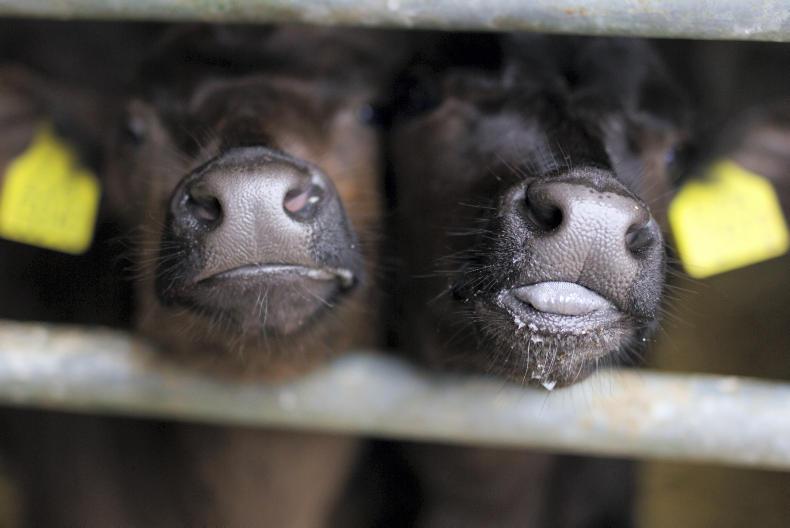Dosing
Calves on Tullamore farm have been faecal sampled three times so far this season, and both dairy calves and suckler calves have returned clear samples.
This could be due to grazing a high proportion of reseeded pastures.
Cows were dosed for worms during the housing period as well, so worm burdens are probably low at pasture. We did notice some coughing during weighing last Friday and we have taken the decision to dose this week.
Faecal samples won’t pick up lungworm infection and it’s important to monitor animals for signs of coughing when herding.
Ivermectin-based products will give an instant kill and will have a three-four week residual activity period. White/yellow drenches will not give as severe a kill and may be a better choice where you think there is a bad lungworm infection.
Building grass covers
Over the past two months, good grassland management will have focused on managing grass quality and taking out heavy covers as silage.
From now on, the focus should be shifting towards building grass covers to extend grazing into the autumn. Grazing rotations should be starting to increase by 1 -1.5 days per week from now onwards.
Therefore, if your rotation length is currently 16 days, by the end of August it should be 24 days. Applying 25-30 units of nitrogen will keep grass growth ahead of cattle over the next month and will help to build covers.
As silage ground rejoins the grazing platform, you can increase grazing rotations quickly. The longer rotation will give grazed paddocks more time to recover.
Read More
Marts - what's on
Pressure on beef prices
Dosing
Calves on Tullamore farm have been faecal sampled three times so far this season, and both dairy calves and suckler calves have returned clear samples.
This could be due to grazing a high proportion of reseeded pastures.
Cows were dosed for worms during the housing period as well, so worm burdens are probably low at pasture. We did notice some coughing during weighing last Friday and we have taken the decision to dose this week.
Faecal samples won’t pick up lungworm infection and it’s important to monitor animals for signs of coughing when herding.
Ivermectin-based products will give an instant kill and will have a three-four week residual activity period. White/yellow drenches will not give as severe a kill and may be a better choice where you think there is a bad lungworm infection.
Building grass covers
Over the past two months, good grassland management will have focused on managing grass quality and taking out heavy covers as silage.
From now on, the focus should be shifting towards building grass covers to extend grazing into the autumn. Grazing rotations should be starting to increase by 1 -1.5 days per week from now onwards.
Therefore, if your rotation length is currently 16 days, by the end of August it should be 24 days. Applying 25-30 units of nitrogen will keep grass growth ahead of cattle over the next month and will help to build covers.
As silage ground rejoins the grazing platform, you can increase grazing rotations quickly. The longer rotation will give grazed paddocks more time to recover.
Read More
Marts - what's on
Pressure on beef prices






 This is a subscriber-only article
This is a subscriber-only article









SHARING OPTIONS: